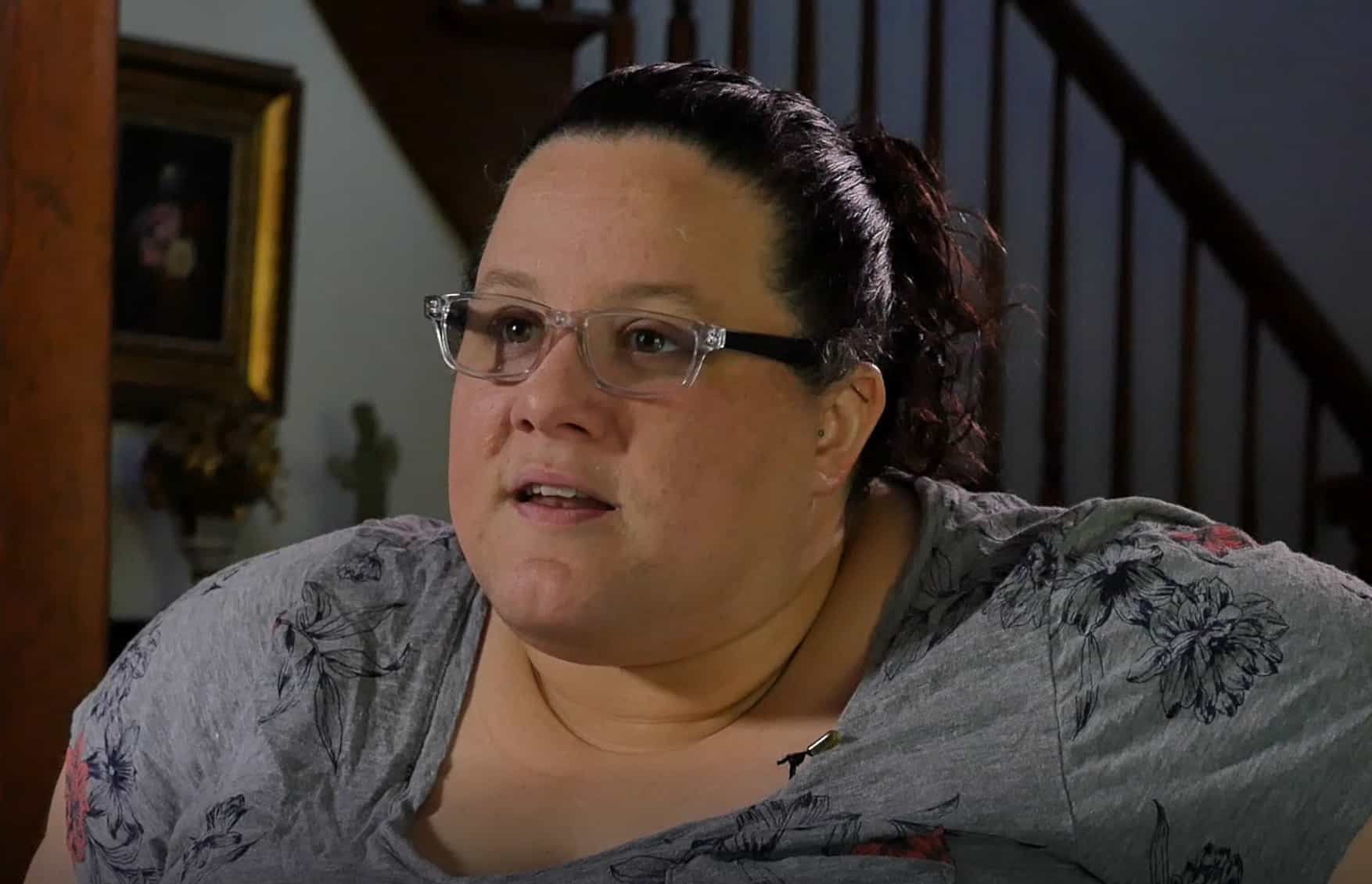Jennifer Keenan of Long Grove, Ill. thought she was making an appointment for a regular eye exam when she contacted the Mind-Eye Institute in Chicago’s north suburb of Northbrook, but the visit turned out to be much more than what she had anticipated – a “mistake” that led her to Mind-Eye optometrist Carla Adams, OD and put her on a journey to recovery.
“Dr. Adams is remarkable. She started giving me the answers to questions I had been asking for what seemed an eternity,” says Jennifer, who had been struggling for years with symptoms of post-traumatic stress disorder (PTSD) and what she calls stereotypical behaviors.
She blames a past brain injury, as well as other traumas and underlying issues, including a connective tissue disorder that caused retinal problems, light and “extreme sound sensitivities,” repetitive head shaking, and poorly functioning peripheral eyesight, which hindered her ability to socialize and often prompted her to overreact emotionally to normal situations.
“I did not know anything about the Mind-Eye Institute’s work in connecting optometry with neuroscience. I simply contacted the Mind-Eye because I thought [the practice] has a cool name. But then I go to my first appointment, undergo four hours of testing, and am thinking, ‘What’s going on here? What did I sign up for?’ I just thought they were going to dilate my pupils and have me stare at an eye chart,” she states.
Dr. Adams’ explanation of the process proved to be what Jennifer calls “a complete, but welcome surprise.”
“Never entered my mind that the symptoms I was experiencing might be related to my eyes,” Jennifer recalls. “But it certainly makes sense, considering the eyes are connected directly with the brain.”
Under the direction of its founder and research director Deborah Zelinsky, OD, the Mind-Eye team has achieved worldwide recognition for the use of therapeutic eyeglasses, lenses, prisms, and filters to vary the amount, intensity and angle of light that passes through the retina. The retina is part of the central nervous system and a primary portal through which information enters the brain in the form of light-generated electrical signals.
“By manipulating light, our Mind-Eye team has often been able to lessen symptoms and restore comfort to patients needing to rebuild visual processing skills compromised by brain injury, head trauma, stroke, and other neurological disorders. The unique optometric testing and approach Dr. Zelinsky teaches at the Mind-Eye Institute also have prompted new processing capabilities in patients with attention and other learning deficiencies,” Dr. Adams says.
“Both Dr. Adams and Dr. Zelinsky indicated that my head shakes and other symptoms were likely due to how light was passing through my retinas and affecting my brain,” recalls Jennifer, who had previously tried more standard health modalities like psychiatry, psychotherapy, occupational therapy, diet changes, and exercise with limited success.
“Not until I came to Mind-Eye did I begin to experience a true resolution to many of my symptoms,” she says.
Jennifer laughs when she thinks about her first pair of Mind-Eye glasses, prescribed during her first clinic visit in early 2019. “I just did not want to wear glasses at the time, so I had the prescription lenses put into sports goggles to at least look sporty. But, over a period of time, I realized the glasses were having a calming effect on me.”
Two-and-a-half years later, “I am almost without symptoms,” she states. Her sound sensitivity is near normal – “at one point, just a passing car would startle me when I was walking on the sidewalk” – her peripheral eyesight is functioning more efficiently – “previously, I could only see directly in front of me” – her repetitive head shaking is history, and she is sleeping better and able to function more normally in doing everyday activities like grocery shopping.
“The grocery store had been a nightmare for me – the lights, the noises, people brushing past me in all directions,” Jennifer says.
Although “people moving quickly around me still pose somewhat of a problem,” quality of life is much better for Jennifer, who calls her progress “rather rapid” and credits the Mind-Eye team, especially Dr. Adams.
“Dr. Adams was especially great in managing my early indifference [to testing and therapy] and my PTSD sensitivities to sound and people [hovering] close to me,” Jennifer says “At my first appointment, I had become agitated during the Z-Bell Test® when a patient has to reach out and try to touch a bell with eyes closed. The sound of the bell was irritating to me. But Dr. Adams was super-good – and patient – in helping me understand why the test was being done.”
Jennifer’s one wish: that more people learn about the Mind-Eye Institute and the advanced science its team applies in bringing comfort and relief to patients. “Patients are coming to the Mind-Eye Institute from all over the world. My hope is that the Institute’s work becomes even better known and accessible over time,” Jennifer says.
Although Jennifer Keenan has undergone significant recovery from her symptoms, her experience is not always the norm nor is it guaranteed for every patient. Check out the Mind-Eye Institute website at www.mindeye.com for additional information

Success Stories, Processing Disorders, Traumatic Brain Injury
Eye Appointment ‘Mistake’ Leads Her to Relief From PTSD
What She Thought Was Typical Optometry Office Proved Much More
